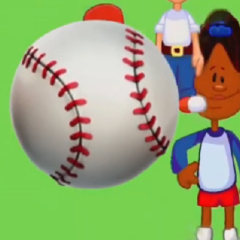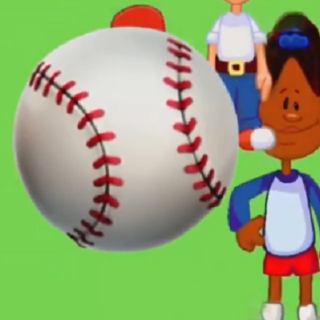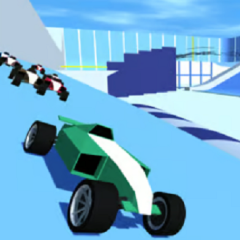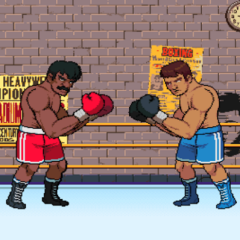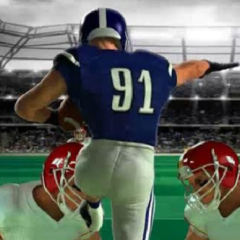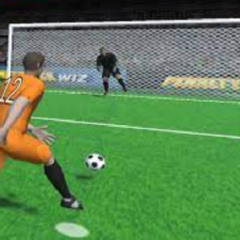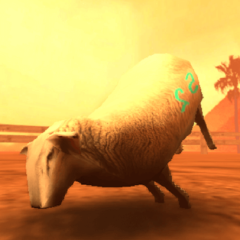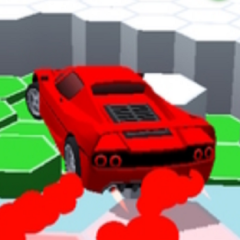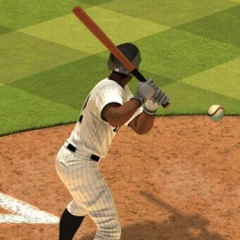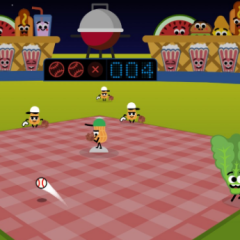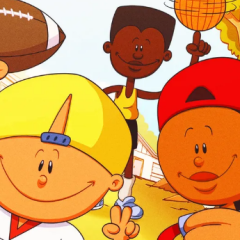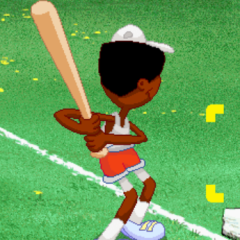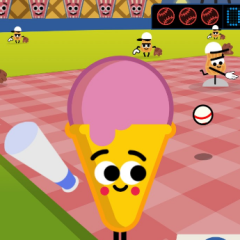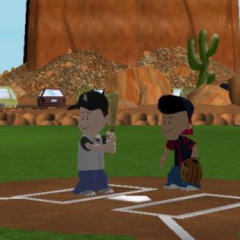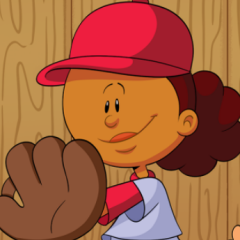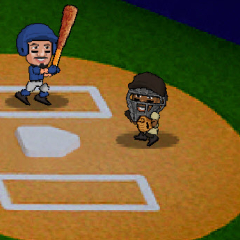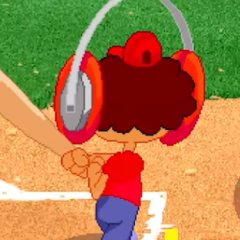Backyard Baseball 1997 introduces a casual take on the sport, allowing players to assemble teams from a group of neighborhood kids and play baseball on makeshift fields. The game removes formal rules and league structures, focusing instead on accessibility and improvisation. Players choose their lineup, adjust positions, and start games with minimal setup. The environment is designed to reflect local parks and backyards rather than professional stadiums, giving each match a small-scale, friendly tone.
Team Creation and Player Selection
Before each game, players draft a team from a group of animated characters, each with their own strengths and weaknesses. Batting, pitching, and fielding stats differ between players, encouraging thoughtful team-building. Each character brings a distinct play style that can influence match dynamics. Lineup decisions are made before the game starts, but substitutions can be used to respond to performance. Player preferences, positions, and fatigue levels are factors to consider as the game progresses.
Gameplay Mechanics and Match Features
Backyard Baseball 1997 includes a collection of mechanics that define its simplified gameplay loop:
- Swing timing and direction for basic batting control
- Adjustable pitching speed and pitch types
- Fielding based on character placement and reaction
- Random events such as distractions or equipment issues
- Play-by-play commentary that reacts to player actions
These mechanics are designed to be intuitive while still providing opportunities for skill and improvement.
Environment and Visual Structure
The game takes place on informal fields surrounded by suburban backdrops like fences, trees, and lawn chairs. Visual design emphasizes bright colors and exaggerated character features. Camera angles follow the action closely, helping players stay engaged in each play. Sound design supports the casual theme, with ambient neighborhood noise and light commentary during the match. Each field feels slightly different, and some elements, like obstacles or uneven terrain, can subtly affect gameplay.
Replay Options and Long-Term Play
Backyard Baseball 1997 supports both quick matches and full seasons. Players can track stats, compare team performance, and adjust their approach over time. Season play allows for continued improvement and experimentation with different rosters and strategies. With a balance between structure and freedom, the game encourages repeated sessions without requiring long time commitments. Its format allows players to focus on the fun of building teams and watching how different combinations perform on the field.

